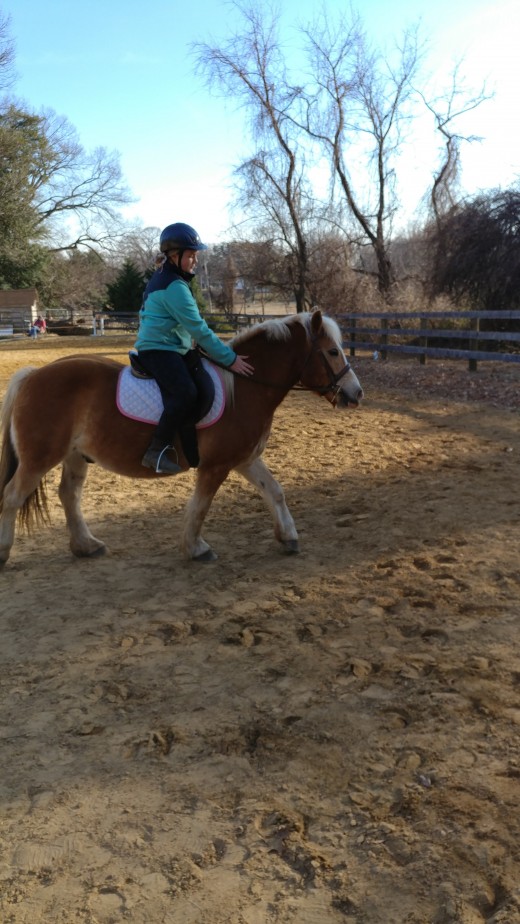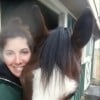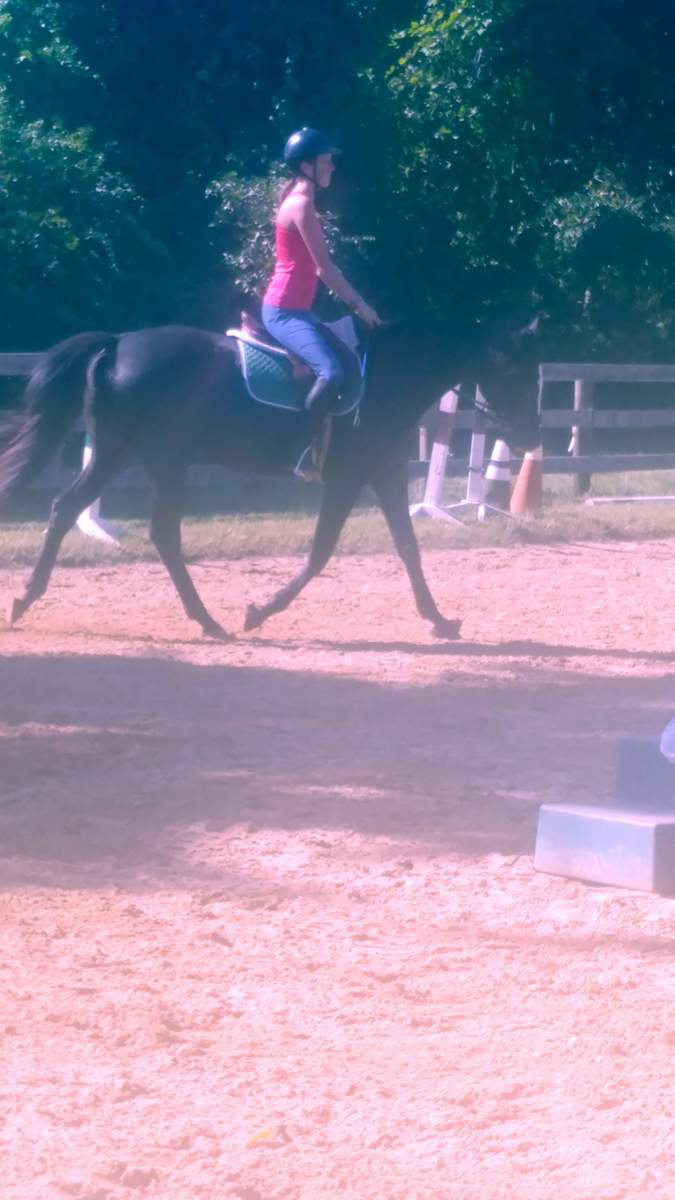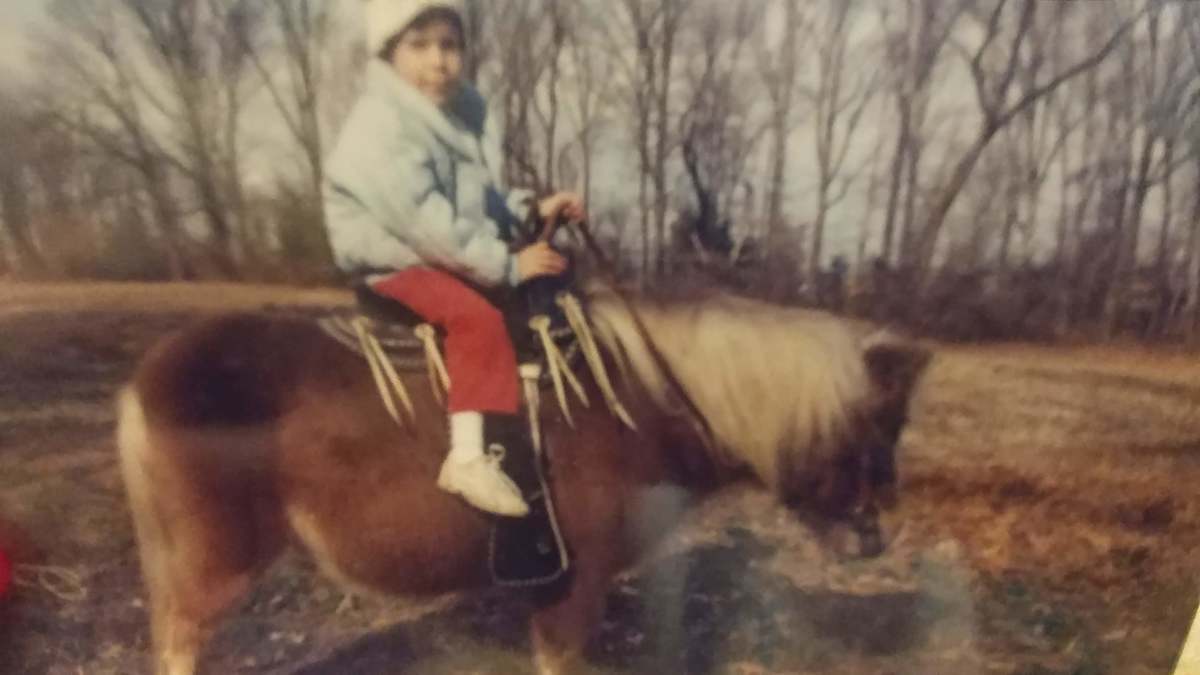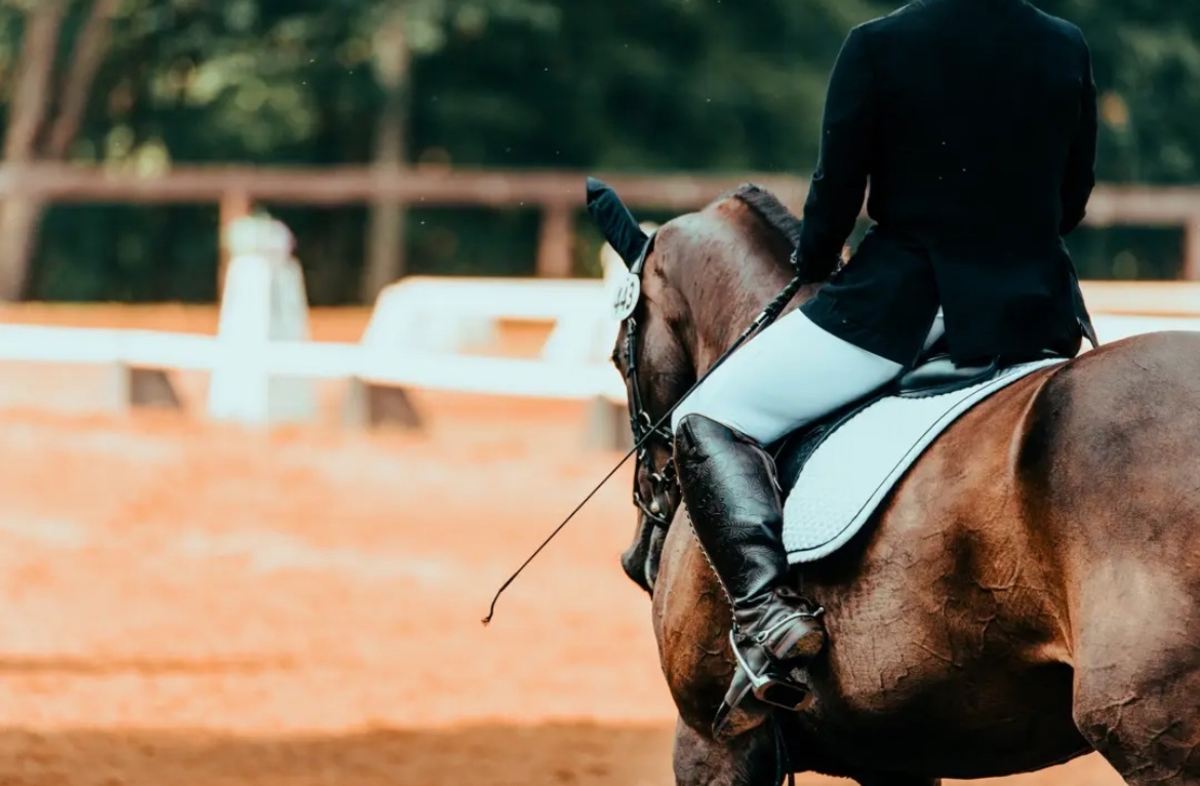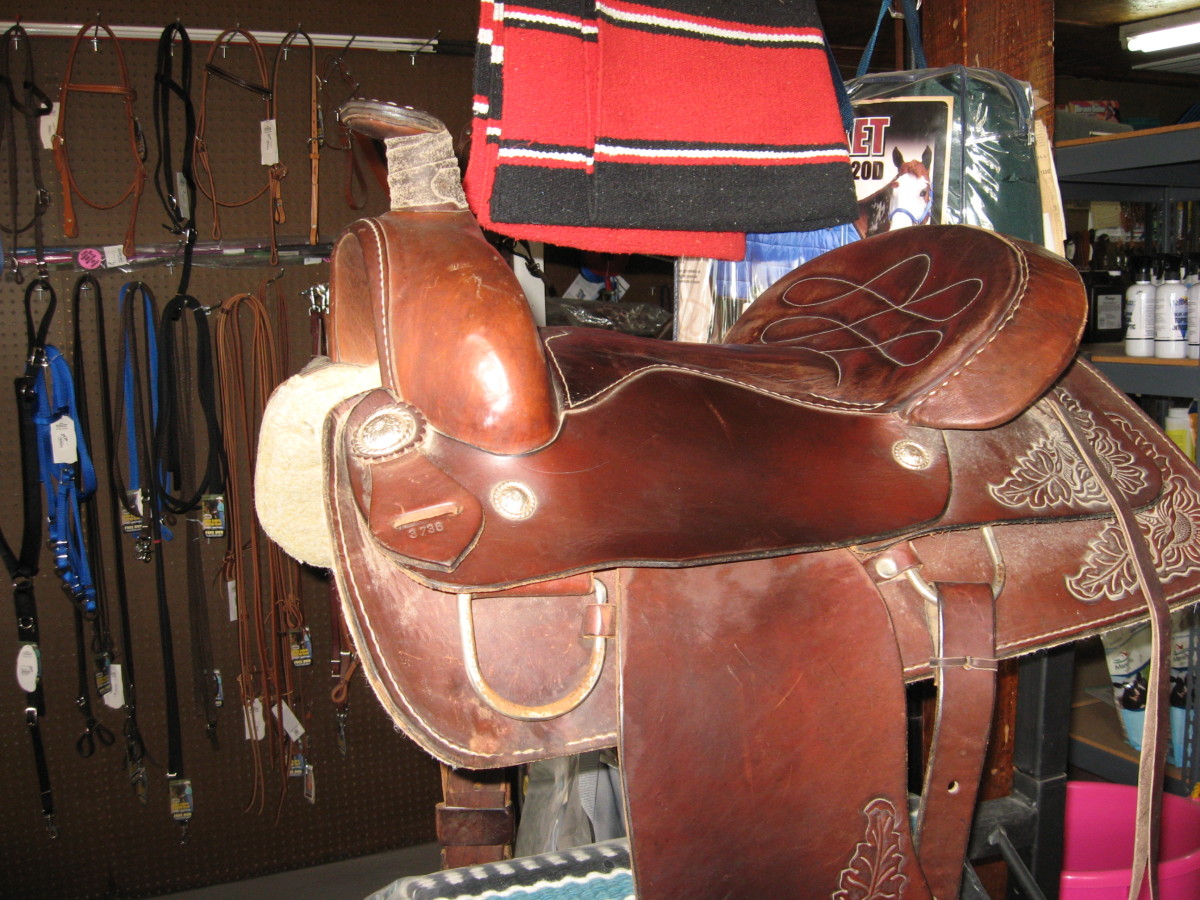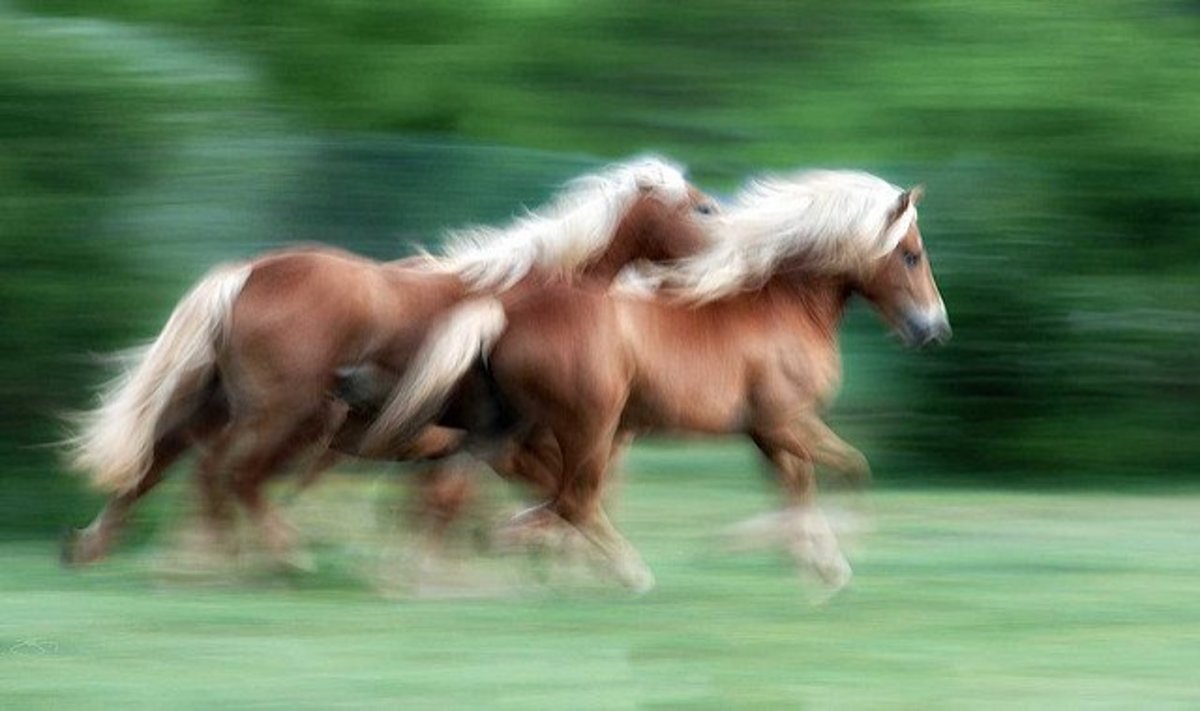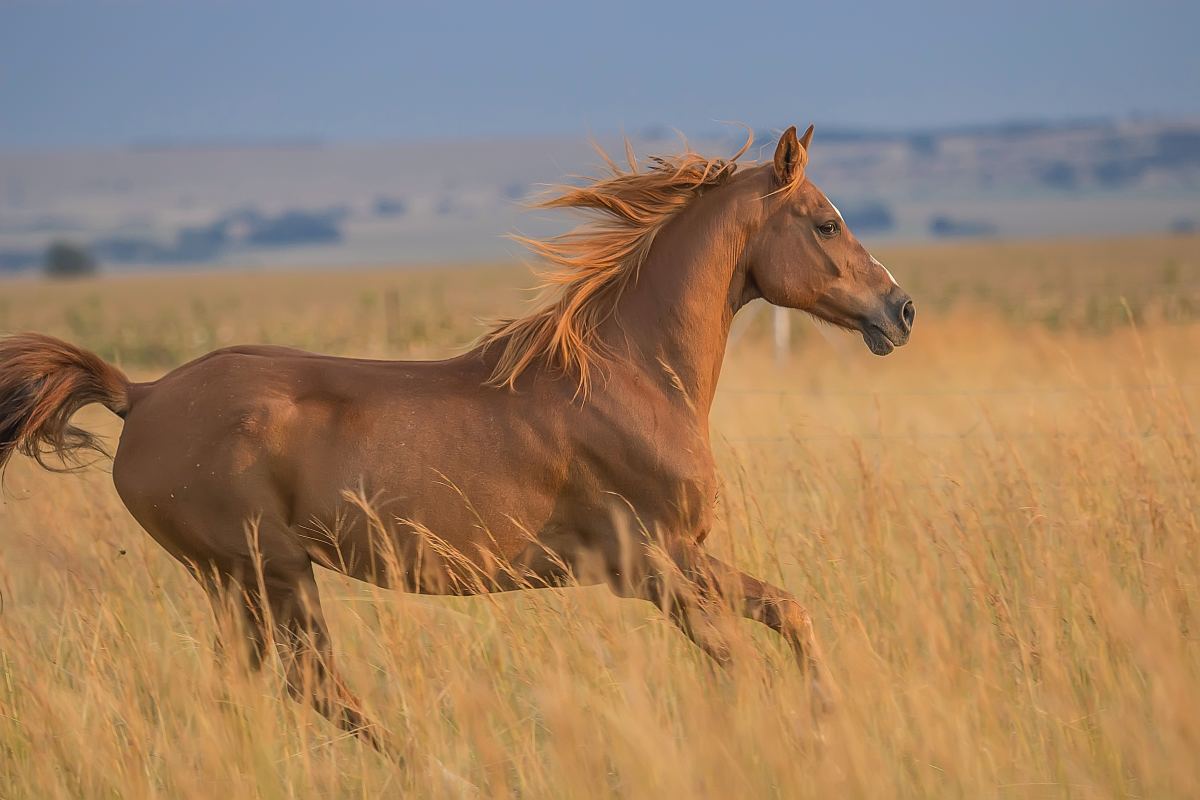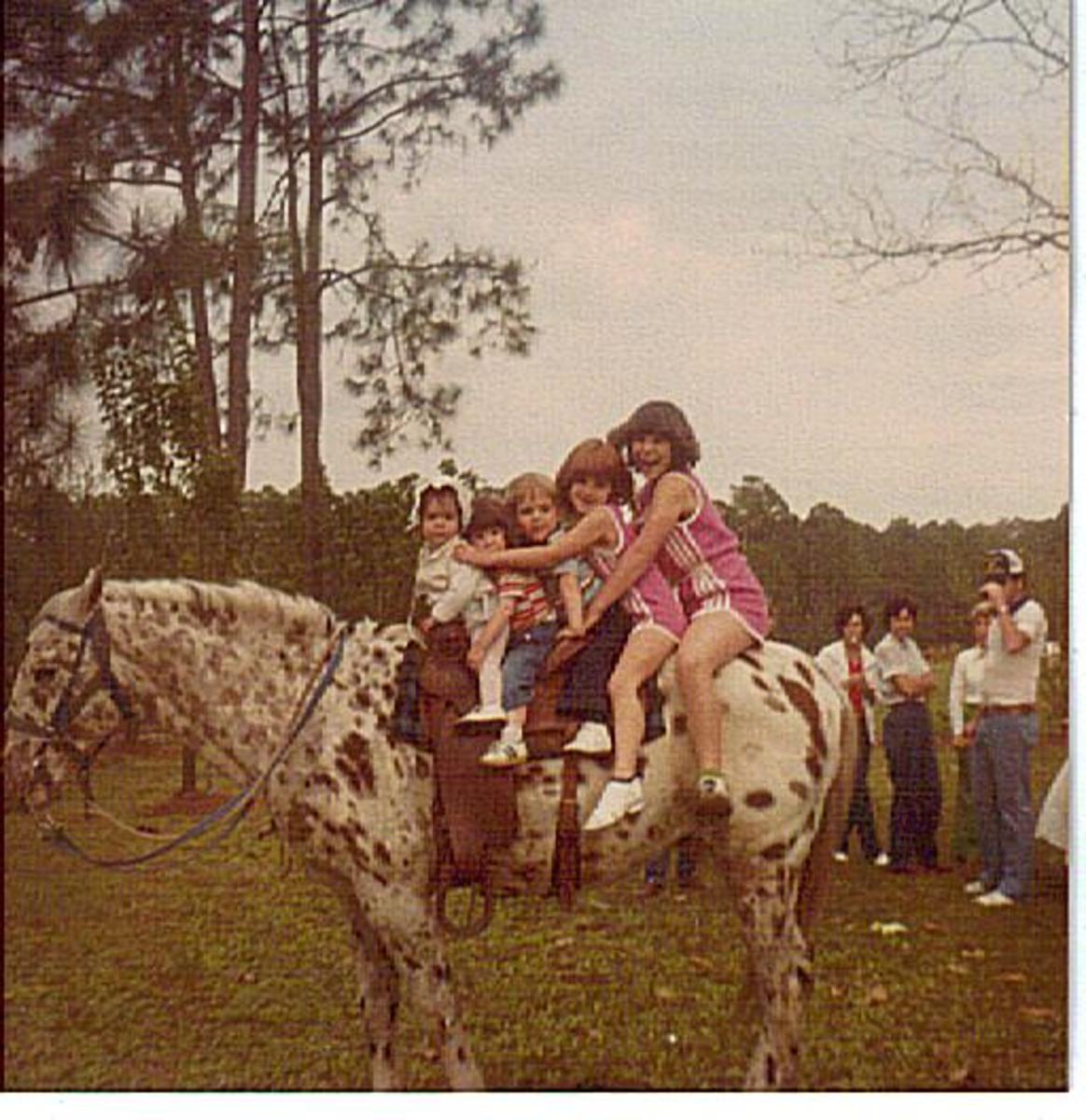Example Riding Plan for a Week-Day 2
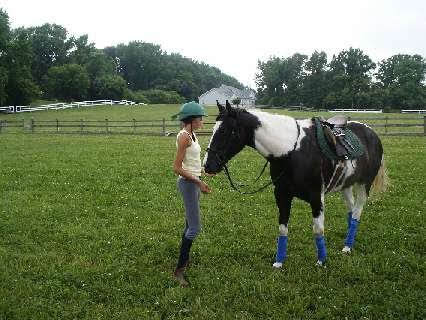
What Did We Do On Day 1?
The purpose of our ride on Day 1 was to set the tone for our week's work. We said that we give our horse weekends off, so Day 1 is reestablishing what we already know we can do. We established leadership, reviewed the skills that we are good at, and reminded our horse the importance of work ethic.
We also worked on ourselves by transitioning between sitting, posting and two- point. Judging how well we were holding the proper position by how well our horse maintained the rhythm as we changed our body position.
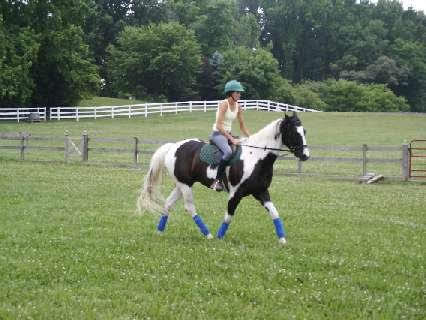
What Are We Going To Do On Day 2?
On Day 2, we are going to set our goal for the week, and pick a skill that we are going to work to perfect each ride. After your ride yesterday, and your knowledge of what your horse is needing to work on, it shouldn't be too hard to come up with a skill to focus on for the week. I would also suggest that you pick something that you are going to focus on in your own riding. Maybe it is a certain position flaw you have or maybe you need to work on feel and timing. It could be any number of things. Even something as simple as getting more leg strength by setting a timer and riding in two-point for five minutes at the beginning and five minutes in the end. You'd be surprised how hard this is, it is so good for your riding though to do these kinds of things. You can't expect your horse to improve if you aren't taking responsibility for yourself and what you need to work on.
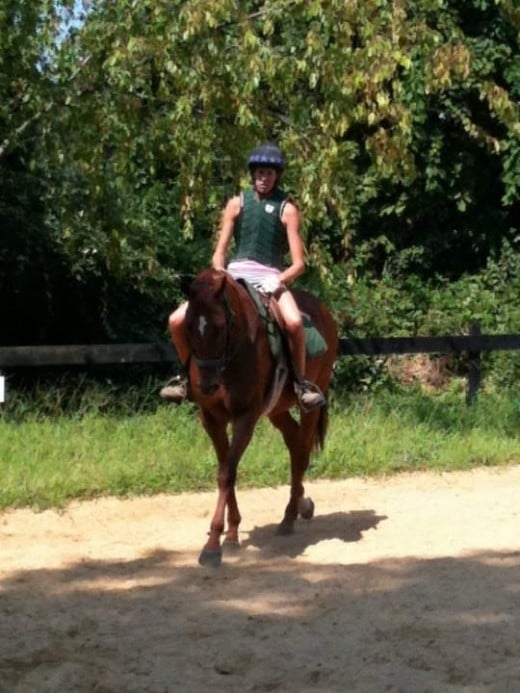
Your Warm Up
Your warm-up today should be basically the same as it was yesterday. You are establishing that your horse is listening to your aids and focused on the task at hand. On the second day, it will hopefully be a little easier to get your horses head in the game than it was on day one.
Remember, don't start working on anything difficult or new until you have that nice warm up, where you establish your leadership and get you and your horse speaking the same language.
Be Careful Not To Over Do The Warm Up
This is important. We don't want to ride our horse into the ground before we get into the meat of what we want to do today. Not only do all our horses have physical limitations depending on their physical condition, age, and fitness level. They also only have so much attention span for you, and the more tired they get the more the attention span will start to slip away.
So, you want a solid warm-up, getting your horse moving off your leg and respecting your contact. Focusing on you and the task at hand, then you are ready to let him take a walk break, before beginning the next phase of your ride.
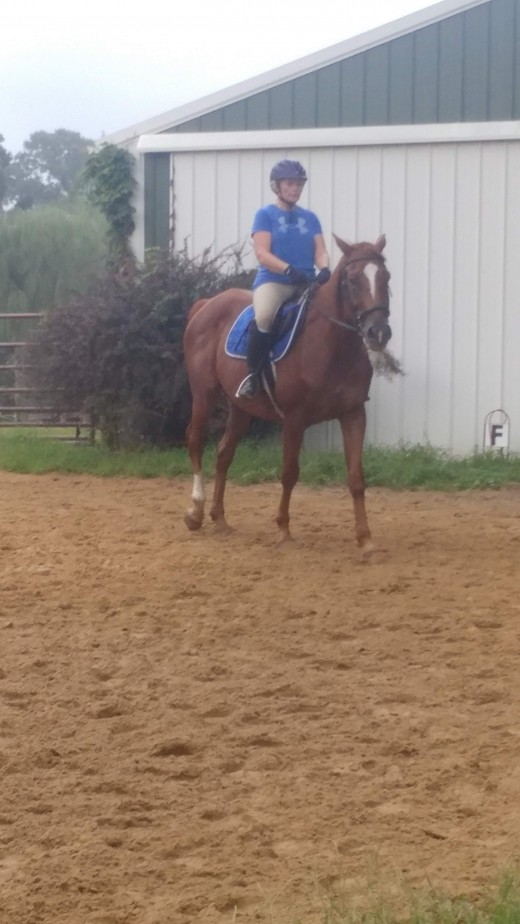
The "Goal" Exercise
After your good warm up, now that you have felt your horse under you and know what you are working with, now is the time to begin to work on your goal exercise.
The exercise is going to depend on what exactly it is you are trying to work on with your horse. How you are going to determine your exercise for today is to think about what you want to accomplish with this exercise. Then instead of jumping into it head first. I want you to break down the pieces of the skills that it takes to do this exercise.
For example, getting the correct canter lead requires your horse understanding the canter cue, respecting the outside leg so he picks up the correct lead. It also requires you understanding the cues and what you need to do to position your horse for the lead.
So you break that big goal of learning to get the correct canter lead into the small pieces that make it happen. So today you chose one of those pieces and come up with an exercise that you can do to work specifically on that. This is where having your instructor or someone to consult with comes in handy because they can give you suggestions of what the small exercises could be that will help get you to your main goal. If you need help figuring it out don't be afraid to ask. Learning to ride and train horses is a process of never-ending learning and you should take every opportunity you can to get advice from riders and trainers you respect.
So, once you chose your exercise, you are going to practice it for about 15-20 minutes. It is important to gauge how your horse is doing. Is he still focused? Is he confused by your aids or not understanding? You want to work on this exercise to the best of your ability. Then you find a stopping point.
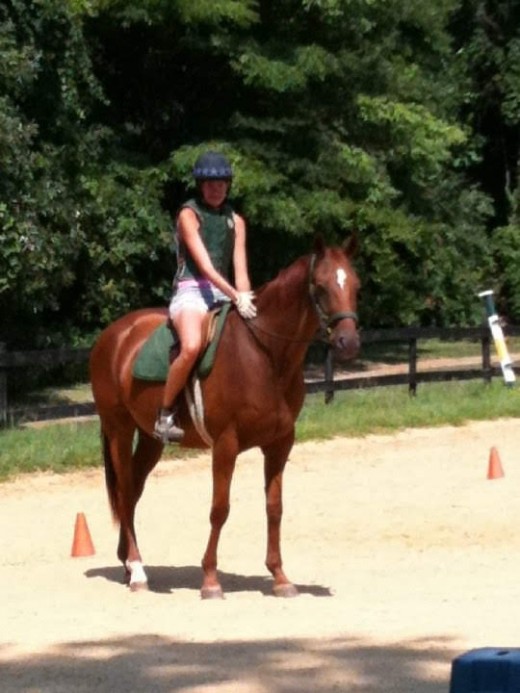
How To Determine Your Stopping Point
Your stopping point should be when your horse has a lightbulb moment. It might not be like a big giant bright LED lightbulb moment. It might be something small like you asked him to do one specific part of the exercise and he did it a lot better than before.
You want to stop when it feels like you are both speaking the same language and on a good note.
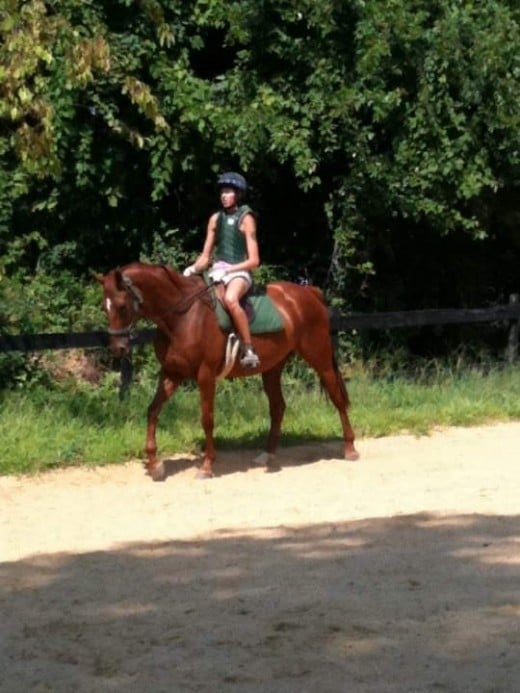
If You Can't Find A Stopping Point
If you are working on your chosen exercise and you are struggling. You can feel your horse getting tense and frustrated, then take a step back. Go back to doing something that you are both able to easily do. Something that you understand each other really well about.
It is important to know what you are really good at and what your horse really understands because that is what you will go back to when you are struggling. That way, you always end on a good note!
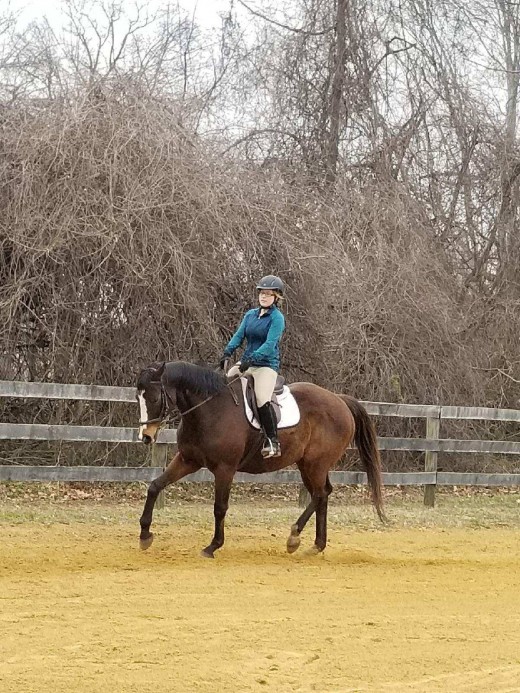
You May Not Have To Do A Step Back Exercise
If you feel like you got some really good moments in the exercise you are working on, you can call it quits whenever you'd like. Keeping a step back exercise in mind though is important to avoid frustration on the part of both horse and rider. You need to know the level you are established at. What you can do in a really relaxed fashion and be successful at. That is going to look different for every horse and rider. Depending on their stage of training, discipline, etc.. again, a good reason to ask for advice from your trainer or someone like myself who could give you some guidance on specific exercises. Also on how to break down the specific exercises if need be.
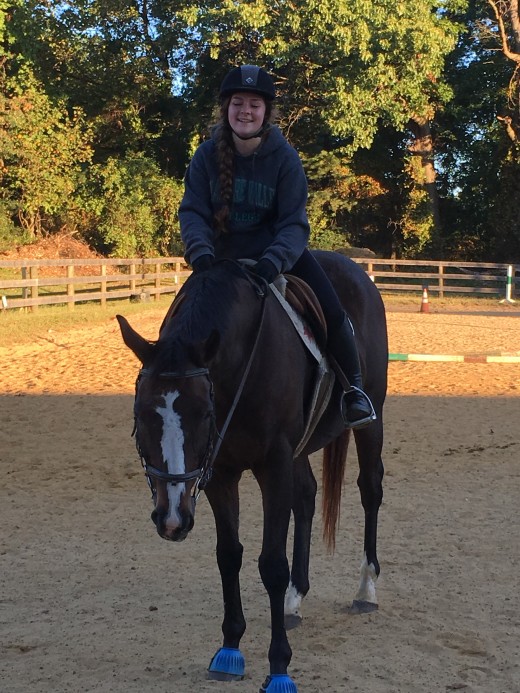
What Did We Accomplish On Day 2?
Hopefully, on Day 2, we were able to get our horse ready to work and focused faster than on day one. Hopefully, we have chosen one skill in pertaining to our own riding that we are going to take some time to focus on. We introduced a new exercise as a stepping stone to mastering a new skill. We worked on it until we either had a lightbulb moment and the horse figured it out, or until he made one small connection that you are happy with to call a stopping point. Our horse should feel relaxed, we should feel relaxed.
As you are cooling out or untacking your horse, think about the plan for tomorrow. Whether you mastered the stepping stone exercise you started today or if you will have to work on it tomorrow. Think about if he seemed like he was understanding you or if he was frustrated and confused. Remember, there are a million exercises to accomplish the same thing when it comes to horses. Part of learning horsemanship is figuring out all the different methods and exercises you can do. Learning what works best for certain types of horses or certain types of riders.
If you have any specific issues that you would like to develop a riding plan for, I'd be glad to help you come up with one and coach you through it.
Stay tuned for day 3!
